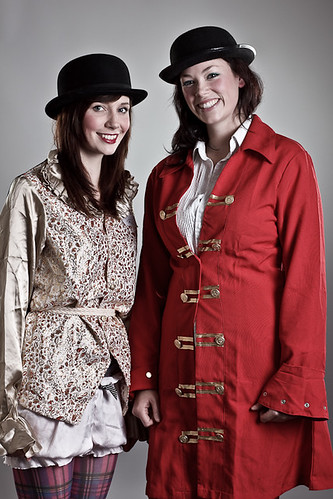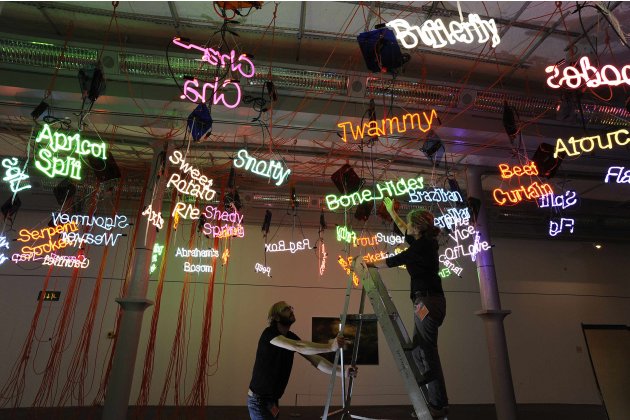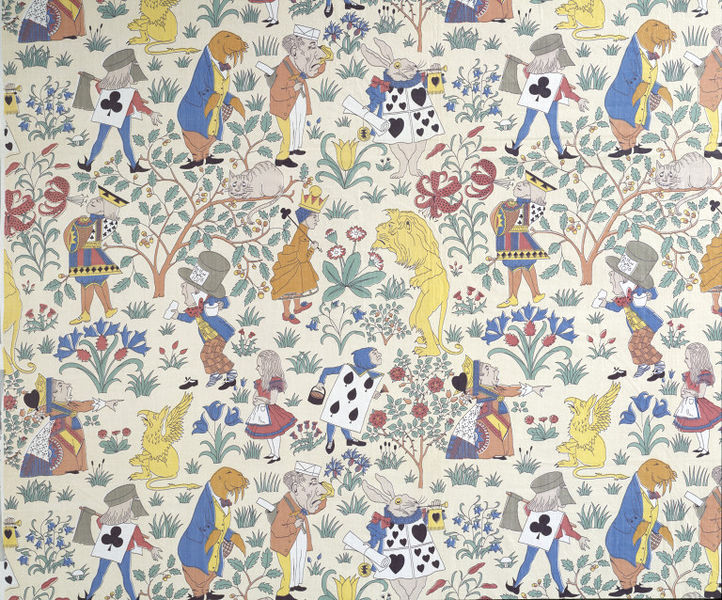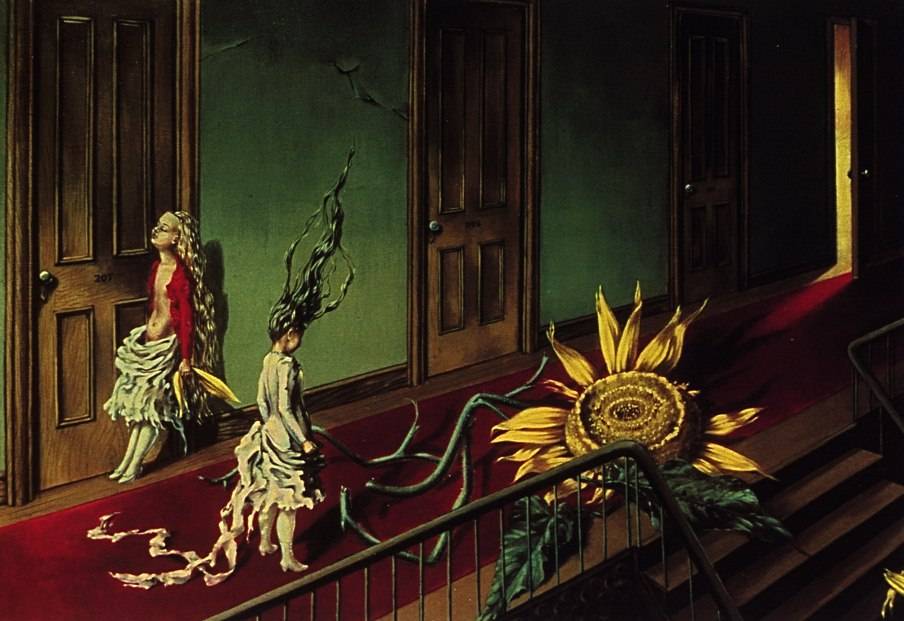In September, we had a group meeting where we discussed and recorded our hopes, fears and opportunities. Four months later not a lot has changed! All of my hopes and fears are rather similar, although I do feel I am better equipped to achieve and conquer them.
I'm trying to take each day as it comes, otherwise I'd be overcome with panic! Obviously I want to get a good job and continue to do what I love, but at the moment my main hope is to do well in my degree. People have said that a grade isn't everything and that you are judged on your work not your academic success. Even though I know this is true, I would still love to get a first class degree. Over the past 5-6 years my concentration had been almost entirely on art. Even at A-level when I did two other subjects, I did double award art and since enrolling on the foundation course I've been immersed in the world of illustration. I feel I owe it to myself to work as hard as possible and aim for the best. It would be a great sense of achievement and I think I'd feel much more confident about my abilities.
In September I wrote I hoped to build a good portfolio and have three successful visits to people in the design industry. This is the one thing I feel I have fully achieved! Firstly my portfolio...I wanted the professionalism and style of the Prat Pampa portfolios but I also wanted one that would stand out a bit and reflect my work.
In the end I managed to get hold of this gorgeous pink Prat portfolio from America! It's slightly bigger than A4 and smaller than A3 which means I have to print on an A3 and cut it down, but it's worth it. When I went for a portfolio visit to Stuart from Thoughtful he said it was great to see something different and it definitely suited my work. I'm also really pleased with the actual content of my portfolio. I've got more work than I actually realised (which is always good) and I've got a few photographs of things in context, though this is something I could improve for next year.
My three portfolio visits have all gone really well. I was so nervous about them, especially at my first with Taylor O'Brien, but by the last one I felt more confident about explaining my work. They have been great practice for job interviews and I'm much more positive about meeting new people.
My other hopes are for further down the line - getting a job/commission and becoming an overall successful illustrator. I'm still not sure whether I see myself as a freelance illustrator. I'd like to work alongside other people but in-house illustration jobs are few and far between. Realistically, I think the best option would be to rent a studio with some other people. This way we could all work on our own freelance projects but still have that support network around us.
I would also really love to do another mural type project, similar to 'Lucy in the Sky with Diamonds'. I think my work is most successful when there's lots of different elements, which is something I have't done this academic year. This is something I definitely want to get back to for my Final Major Project. I'm not sure what the theme/idea will be - that will have to be sorted out later! I hope one day I will be able to do a paid installation somewhere, that's the one thing I can imagine myself doing well and really enjoying.
YCN agency have a lot of illustrators who create murals so it would be amazing to try and get represented by them. If possible, I hope to arrange meeting to see them when we go to London next year - that would be the dream scenario.
Like every student approaching graduation, I have quite a few fears. The main one is to not get a job...but after Stuart's lecture I realise this is not going to happen straightaway. I need to figure out exactly what it is I want to do and go from there. If I don't get a job in a studio, my other big fear is being on my own. To not have any advice from anyone else would be really difficult for me. Maybe I need to be more confident in myself but I really like just having a quick chat with someone else and seeing what they're up to. As I said before I think it would be good to share a studio with other people, even if it's just for a few months until we get accustomed to the world of freelancing.
I also fear having to 'get myself out there'. I'm not great at meeting new people but networking is crucial if you want to succeed in this business, I can't sit at home and expect work to come to me. The key to overcoming my nerves is perhaps to get an online presence first. A website, Facebook page and Twitter are all things I need to set up next year. Once this gets going I think it will be easier to establish contacts and give me confidence to speak face to face.
This brings me on to some aims I want to fulfil next year. First of all, I want to produce a good end of year show which will involve getting materials well in advance. While I'm at Uni I want to make the most of the resources they have, such as the photography and print room facilities. I will also aim to get in touch with more studios and agencies, I think these connections can be invaluable. When we go to London, I want to aim for the best so I'll need to research lots of different possibilities early on in the year and not leave it to the last minute.
To achieve all these things I need to keep working hard! After Christmas it's the final push and I don't want to look back and regret not putting enough effort in. Hopefully all the work will pay off!




















































